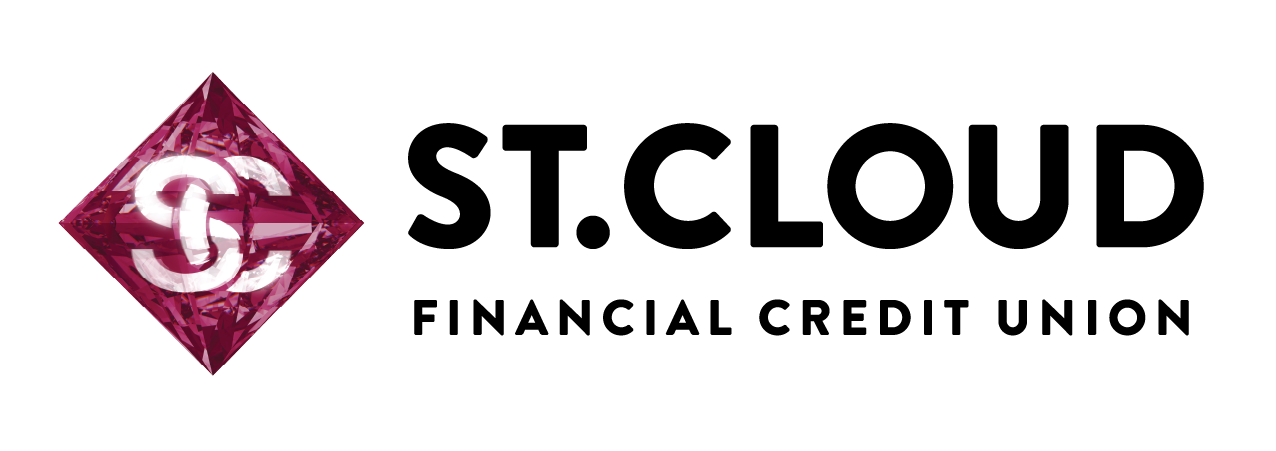Digital Assets and the Future of Finance
Written by Jed Meyer, President & CEO of St. Cloud Financial Credit Union
In the ever-evolving landscape of financial services, digital assets have emerged as a transformative force. Cryptocurrencies, tokenized assets, and blockchain technologies are not just trends; they represent a fundamental shift in how we perceive and manage value. As credit unions, we stand at a pivotal moment where embracing innovation is no longer optional but essential for our survival and growth.
Digital assets, including cryptocurrencies and blockchain technologies, are not just buzzwords; they represent a fundamental shift in how we perceive and manage value. They offer opportunities for enhanced security, efficiency, and inclusivity in financial transactions. These technologies promise to improve transparency and reduce transaction costs while bringing the opportunity for financial inclusion. However, they also pose significant challenges, particularly around regulatory compliance and security.
My credit union has been working with DaLand CUSO for awhile now and their CEO, Jeff Levesque, shared a perspective that deeply resonated with me. He said, “our members expect seamless, personalized financial experiences that meet their unique needs. We all hear that, but do we truly understand it and take it to task? Embracing digital assets allows you to deliver on those expectations while positioning your credit union at the forefront of innovation.”
That’s where I want to be. And that’s where I think all credit unions should be.
Educate Yourself: Take the time to learn about digital assets and blockchain technology. Attend webinars, read articles, and engage with industry experts to understand how these technologies work and their potential benefits for your credit union and its members. Think of it like a car, don’t corner yourself into thinking you need to know how the entire engine works – how to disassemble and reassemble. We all buy cars without knowing the inner workings. Which leads me to my second point.
Engage with Partners: Foster relationships with fintech companies and CUSOs specializing in digital assets. These partnerships can provide valuable insights and solutions tailored to the specific needs of credit unions, easing the adoption process. We’ve done this all along in our credit union histories. Why not now?
Start Small, Think Big: Begin by exploring pilot projects or small-scale implementations of digital asset solutions within your credit union. This approach allows you to test the waters, gather feedback, and gradually integrate these innovations into your operational strategy.
As leaders in the credit union movement, we have to proactively engage with these technologies. We can’t afford to wait to be forced into it. This means not only understanding the potential but also understanding the risk associated with ignoring the evolution of money. It also means integrating them into our strategies and operations now. We have the unique opportunity to demonstrate how digital assets can be leveraged to deliver more value to our members.
Innovation should be at the heart of our missions. By fostering a culture that embraces change and seeks out new opportunities, we can ensure that our credit unions remain relevant and competitive in this digital age. Let's challenge ourselves to be at the forefront of this financial revolution, shaping the future of finance for the better.





